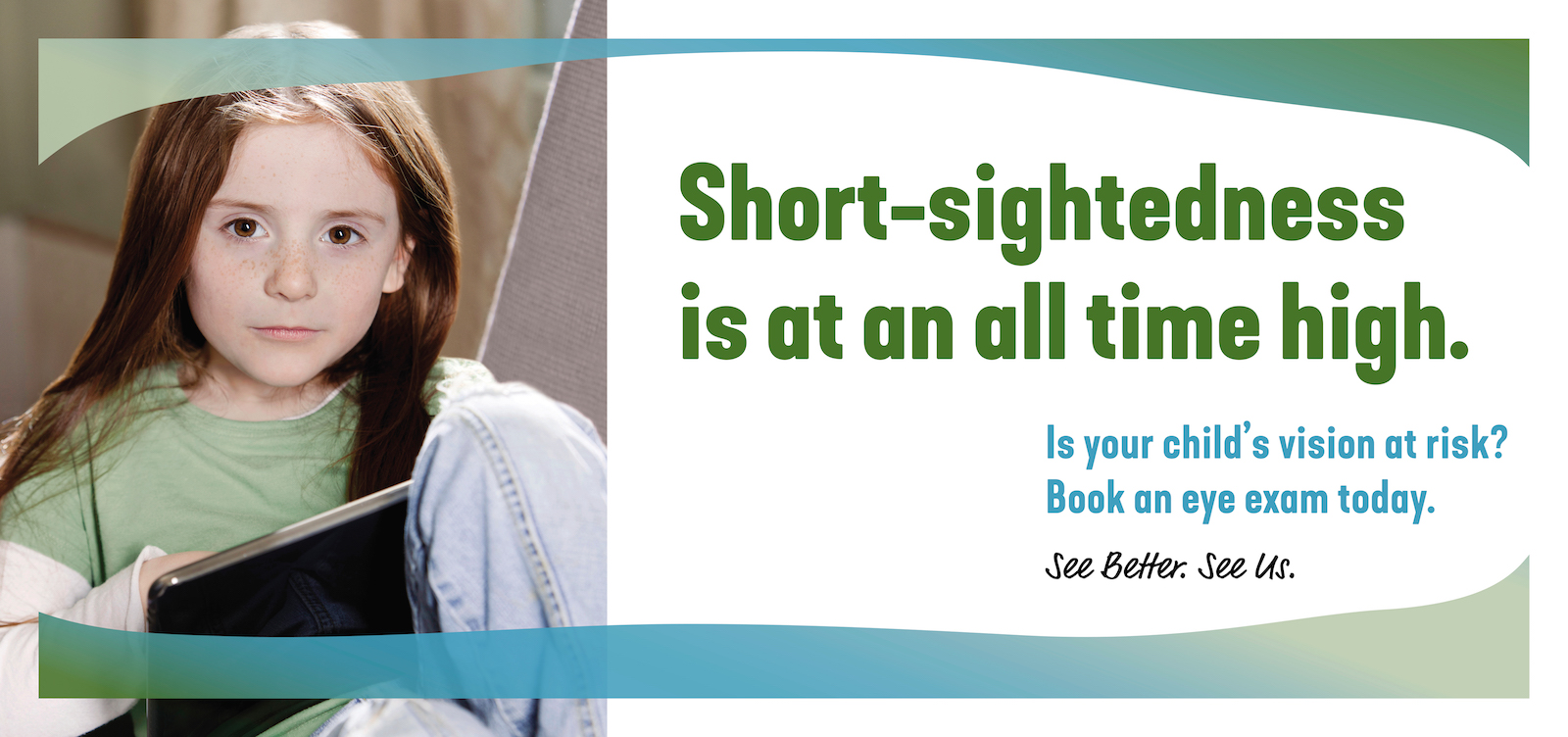Dwyer & Ross Optometrists
266 Oxley Avenue
Margate, QLD 4019
Australia

Because 80% of learning comes through eyesight, it is important for the child’s vision and eye coordination to be optimised so there is no detrimental effect on learning and school performance. The ideal time to have the child examined is at the beginning of each school year to ensure that their visual development is proceeding normally, and for the optometrist to treat any underlying conditions that may impact learning. This is why it is critical to add an eye exam to your back to school checklist.
Children’s eyes continue to develop until the late teens and early 20s, and sometimes large changes in vision can occur within a short space of time. Depending on the type of eye condition present, your optometrist will advise the best timing for the next eye exam as some children require more frequent visits during the school year.
Eyesight is our primary sense and is intimately involved in our ability to develop, learn, walk and play. Vision problems can impact many areas of a child’s development depending on the type of issue involved. Children who have uncorrected hyperopia (long sightedness) often find reading uncomfortable and avoid books and near work, but tend to be more social and outgoing. On the other hand, myopic (short sighted) children often spend a lot of time reading and on technology to the detriment of sporting development and outdoor play, so they tend to be more introverted than other children. Amblyopia (lazy eye) often leads to poor depth perception and poor judgement of distance which can impact their ability to play sports that involve catching and hitting fast moving balls.